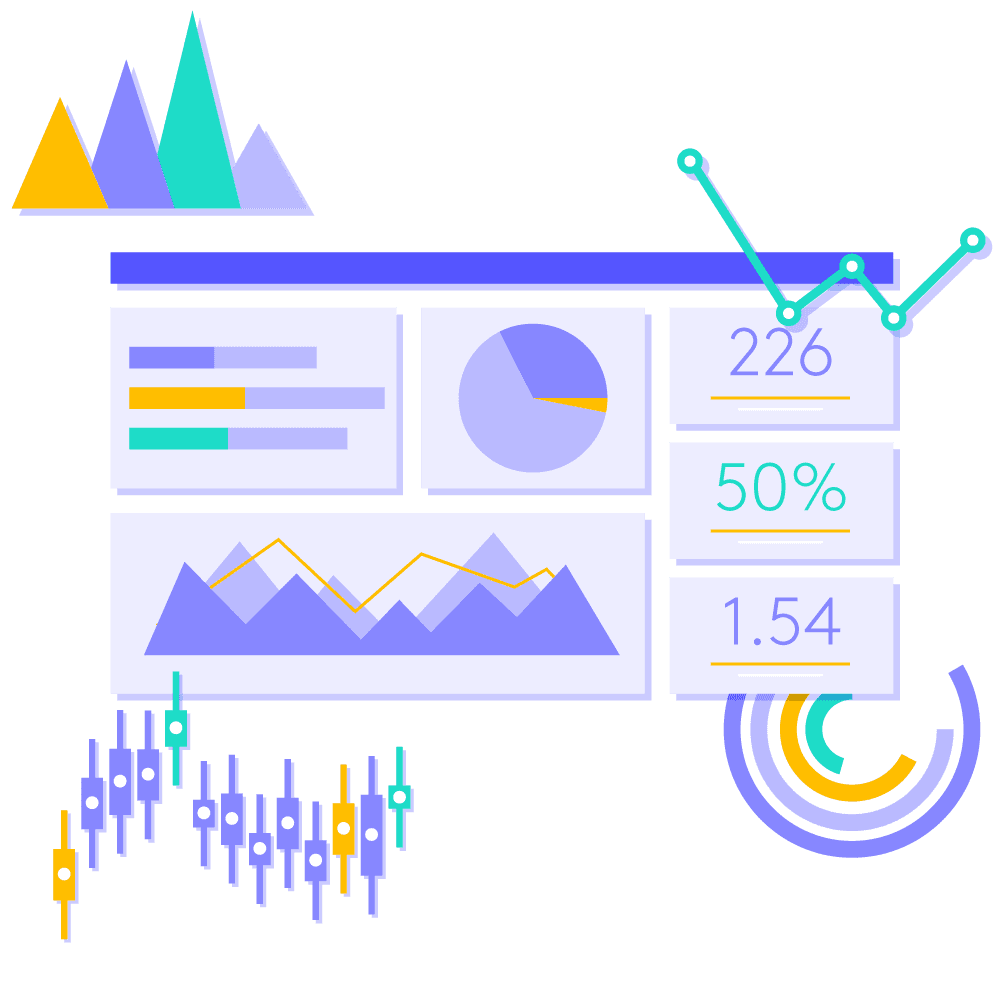Aligning Your Go-To-Market Teams: Why Is It So Freakin’ Hard? – Chapter 3
Nurture
Nurture powered by content intelligence helps you identify the content that is going to resonate with your viewer, regardless of campaign, persona or buying stage. Marketing often carries the torch to create demand and drive buyers to the website with the goal of identifying unknown visitors while engaging known visitors. Sales is ready to catch the leads and secure more pipeline, and CS uses the same insights to build long term value for the customer. However, one thing can stop this finely-tuned machine in its tracks: lack of insight into what the buyer is interested in, and the ability to discern serious buyers from the browsers.


If go-to-market teams could easily identify the characteristics of a quality lead by understanding what kept the buyer’s interest in the first place, leads could convert into won accounts quicker.
While your buyer is self-nurturing, PathFactory uses AI and intent data to gauge when that customer is ready to have a sales conversation. PathFactory data shows that nurturing visitors in real time translates into 2x the amount of MQLs, on average. Invest time in understanding what an average buyer journey looks like for your product; it’s an invaluable piece of information that will help you learn what touchpoints result in the most engagement.

Things to remember about the buyer journey:

It’s largely done individually.
According to Gartner, while there are moments of collaboration with the rest of the buying committee, nearly half of the buyer journey is spent researching independently.

Content is always king (or queen).
During each buyer journey, people are consuming all types of information, from how-to guides to webinars, that help them make a purchase decision. Does your marketing team create enough content to keep up, and does your sales team know the most-burning questions prospects have? Our 2021 Content Engagement Report has some great insights about what content types work best.

Most of it will take place before reaching out to a sales rep.
You’ll notice that the first human interaction a buyer has with your company is at the second-last step, after they’ve done all the initial research. This means you’re not turning your unknown visitors into known visitors until a large part of the buying process is over. Imagine the possibilities if you could learn who your prospective buyers are earlier in the process.
A strong nurture program is an omni-channel play, which means you need to communicate and provide relevant content to your prospects from end-to-end—it goes beyond your traditional drip email nurture campaign. You’re probably wondering why more teams don’t do this: because without a unified tool to digest first party and third party data that can read, recommend and share with teams in a centralized location, action and execution is hard.


